Before starting any interior installation in Canada, it’s crucial to understand the type of surface you’re working with. This determines the correct tools, fasteners, and safety procedures. Here are the most common interior wall types in Canadian homes and buildings:
- Drywall (Gypsum Board)
Most common in modern homes and offices.
Recommended Fasteners:
- Plastic expansion anchors – for light loads (e.g., picture frames, see fig 2)
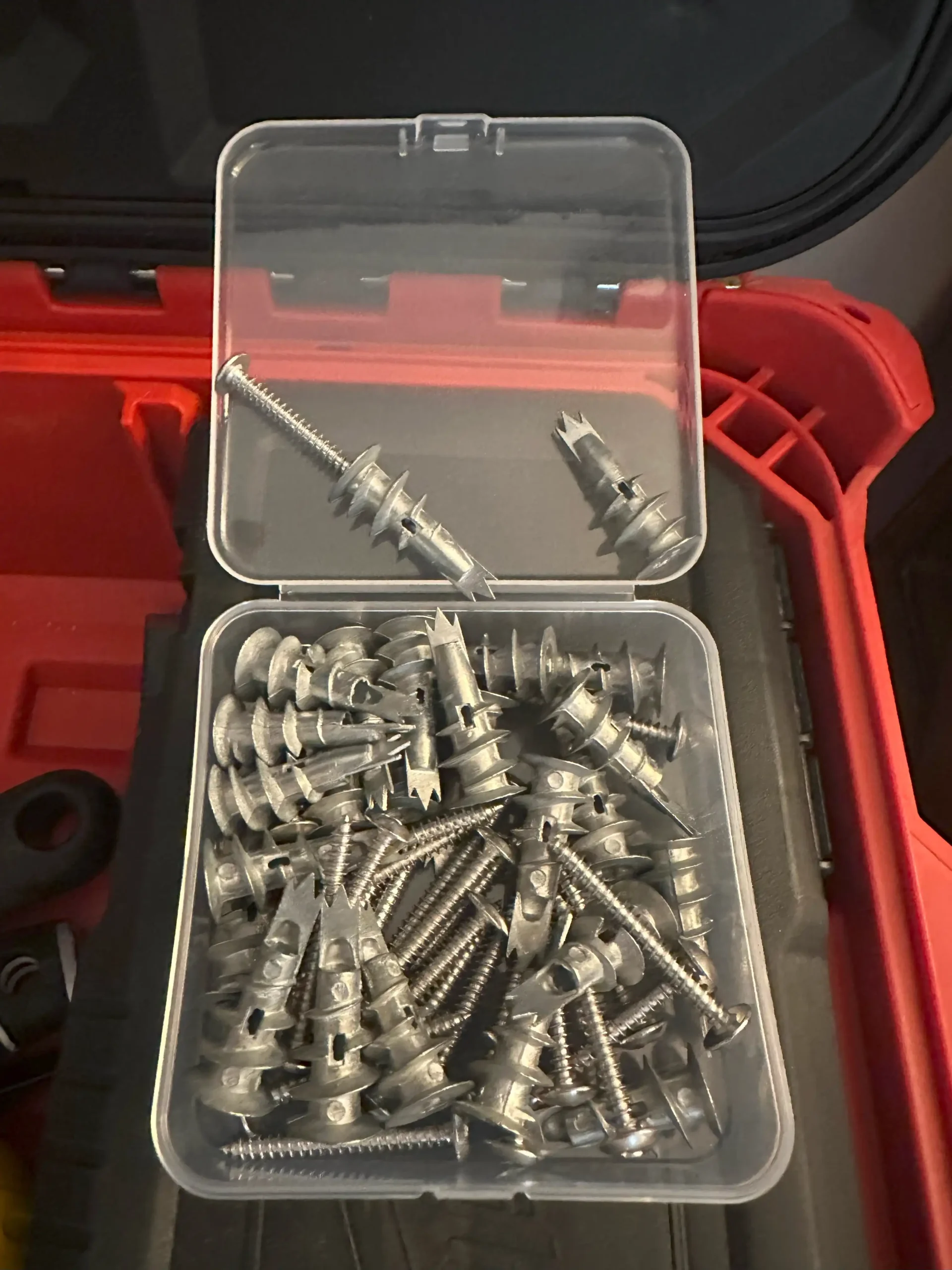
Fig2:plastic expansion anchor
Molly bolts or toggle bolts – for medium loads (e.g., shelves). See fig 3:Two popular types of toggle bolts.
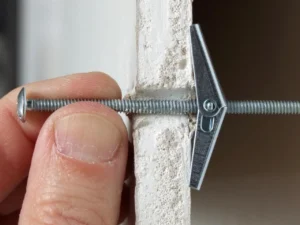

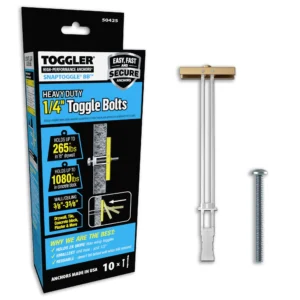
Fig 3:first two above images: Toggle bolt for drywall — requires a 1/2″ hole and then C pass through the wall
Image below : Alternate toggle bolt . Stronger than model shown above
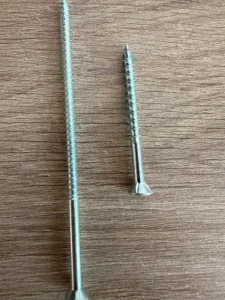
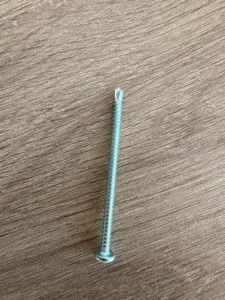
- Screws into studs – for heavy-duty items (e.g., TVs, large cabinets)
A B
Fig 4 : A: Wood screws for wooden studs and B: predrill screws for metal studs)
How to find studs:
- Use an electronic or magnetic stud finder
- Tap and listen for a solid sound
- Standard spacing: 16″ on centre in Canadian framing
- Plaster Over Lath
Common in older buildings (pre-1960s), typically harder and more brittle than drywall.
Best Practices:
- Use a drill to create pilot holes
- Install anchors carefully to avoid cracking
- Concrete or Brick Walls
Typically found in basements, condos, or industrial buildings.
Tools and Fasteners:
- Tapcon screws(see fig5)
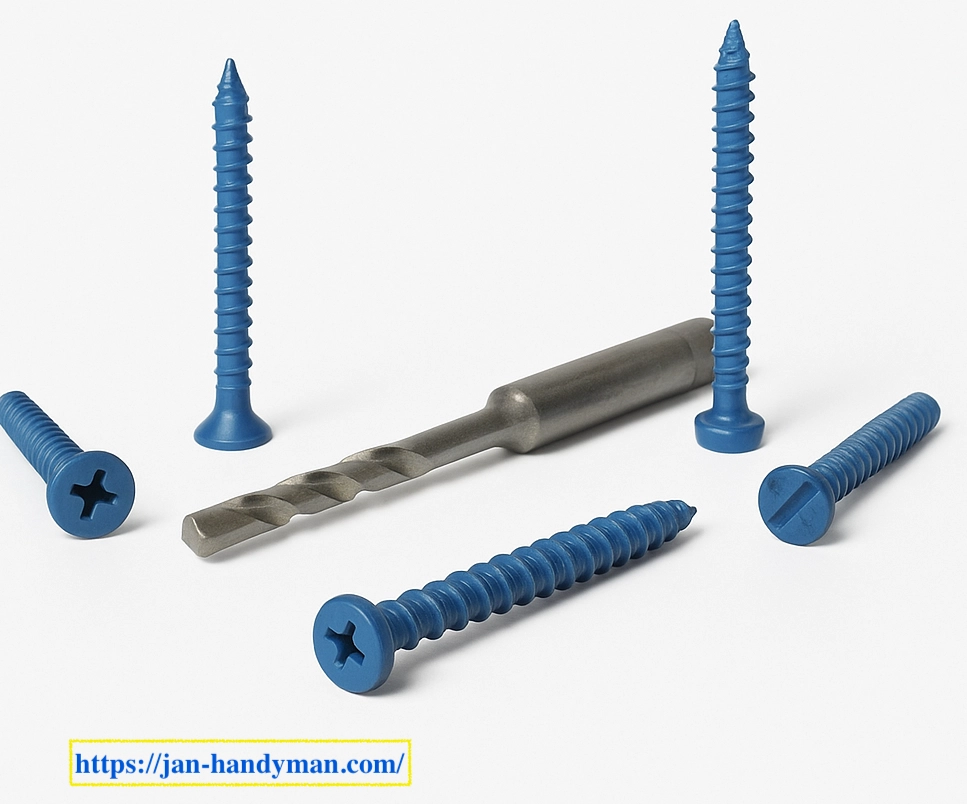
Fig 5.Tools used for concrete installation-Tapcon type
- Sleeve anchors or expansion bolts(see fig6)

fig6.Tools used for concrete installation-Sleeve type
- Hammer drill with masonry bit are essential tools for concrete installation(see fig 7)
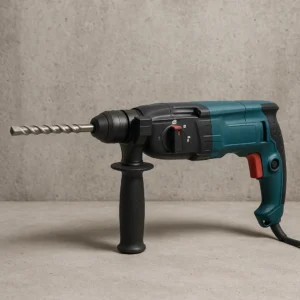
fig7.Hammer drill for concrete installation

